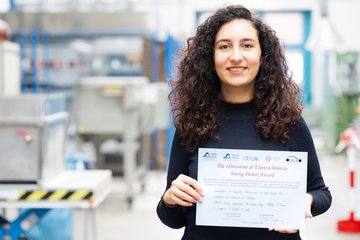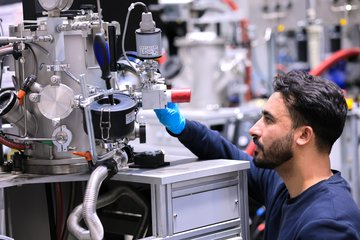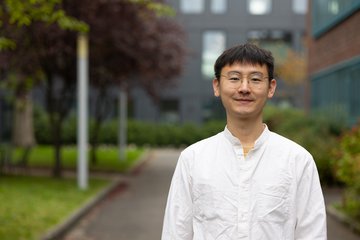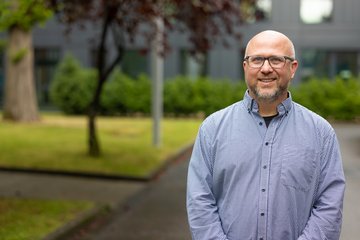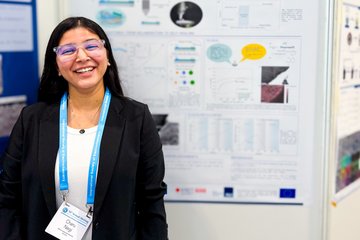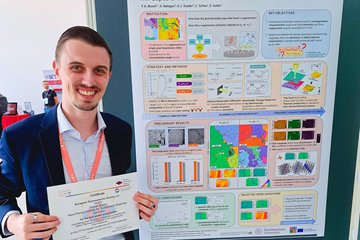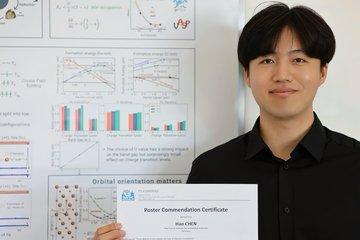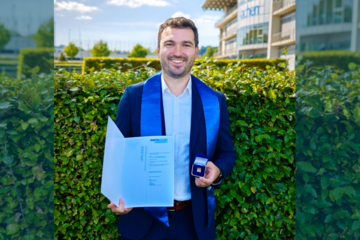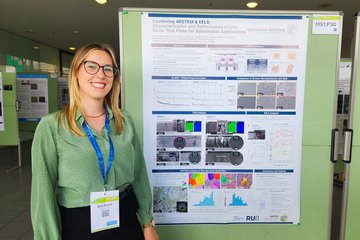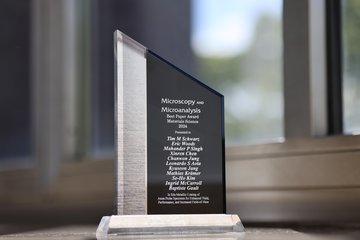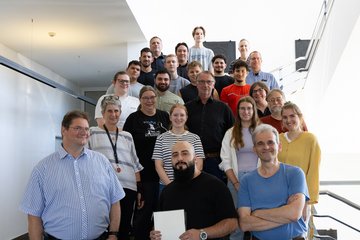All genres
21.
Talk
A dislocation density based constitutive model for crystal plasticity FEM. 14th International Conference on Textures of Materials (ICOTOM 14), Leuven, Belgium (2005)
22.
Talk
Introducing the Effect of Grain Boundaries into Crystal Plasticity FEM Using a Non Local Dislocation Density Based Constitutive Model. Theory and Application to FCC Bi-Crystals. Euromech Colloquium 463: Size dependent mechanics of materials, Groningen, Niederlande (2005)
23.
Talk
Ein nicht lokales Versetzungsdichte basiertes konstitutives Gesetz für Kristall-Plastizitäts-Finite-Elemente-Simulationen. Institutsseminar, Fraunhofer-Institut für Werkstoffmechanik IWM, Freiburg (2005)
24.
Talk
Die Kristall-Plastizitäts-Finite-Elemente-Methode und ihre Anwendung auf Bikristall-Scherversuche. Institutsseminar, Institut für Werkstoffwissenschaften, Universität, Erlangen-Nürnberg (2005)
25.
Talk
A dislocation density based constitutive model for crystal plasticity FEM. Plasticity 2005, Kauai, USA (2005)
26.
Talk
The Texture Component Crystal Plasticity Finite Element Method. Keynote lecture at the Third GAMM (Society for Mathematics and Mechanics) Seminar on Microstructures, Stuttgart, Germany (2004)
27.
Poster
Slip Interactions Leading to Damage Nucleation in TiAl Grain Boundaries. 3rd International Workshop on - TiAl Technologies, Bamberg, Germany (2006)
28.
Teaching
Understanding the Elasto-Plasticity of Crystals. Lecture: MMM- Max-Planck Multiscale Simulation Conference, St. Feliu de Guixols [Spain], October 30, 2007
29.
Teaching
Grain boundary mechanics in Crystal Plasticity Finite Element Modeling. Lecture: Breitnau Conference, Freiburg, Germany
30.
Report
Simulation of textures and Lankford values for face centered cubic polycrystaline metals by using a modified Taylor model. (2004)
